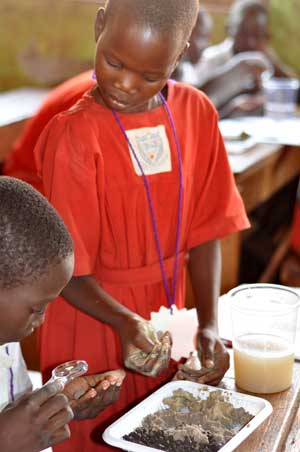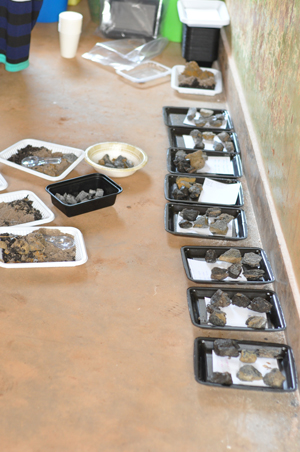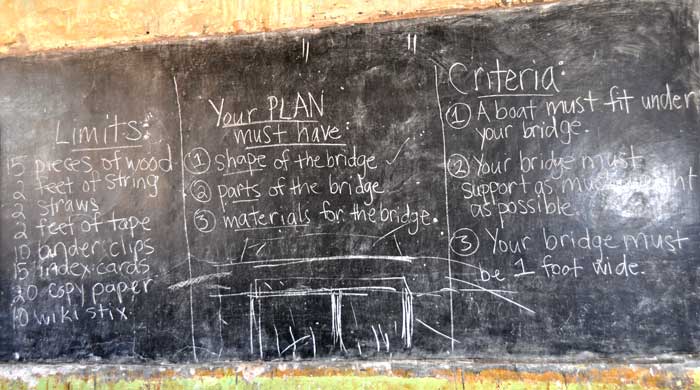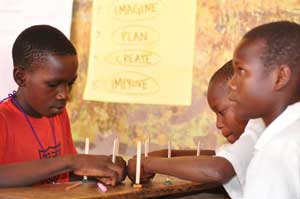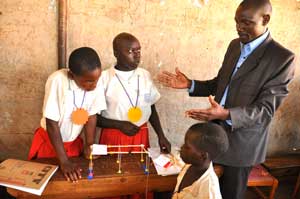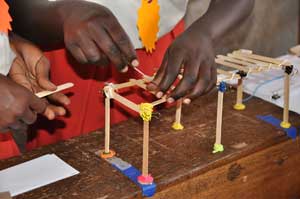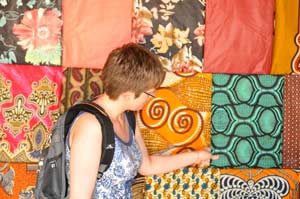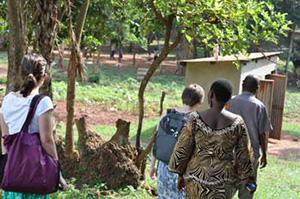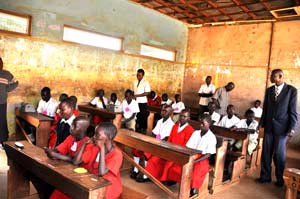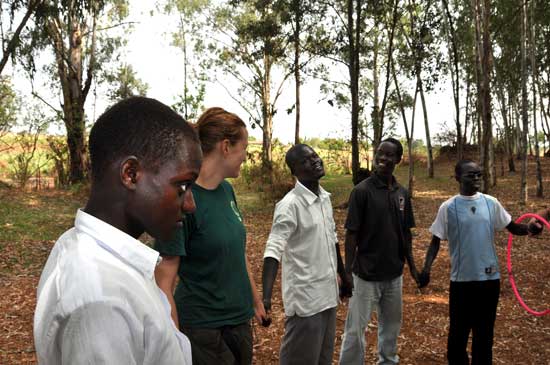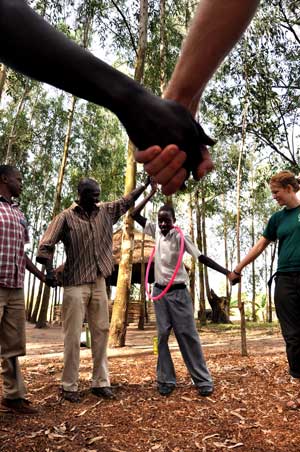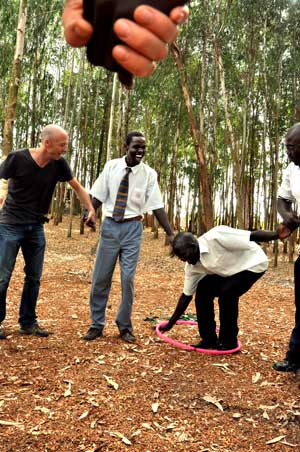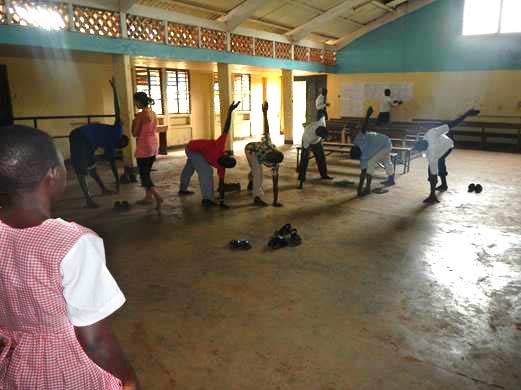Canes for the Vision-Impaired
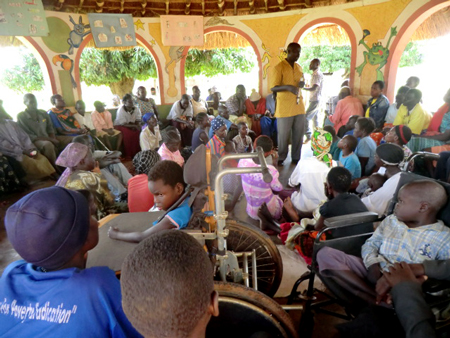 Dear Sandra,
Dear Sandra,
I have given four white canes out yesterday during my training with a group of persons with disabilities at St. Jude Consolation Home. It was a big group consisting of different types of disabilities. Among the group there was Lucy, Lakwonyero, Santos and others. I have called this meeting to organize the disabled persons within the Municipality into groups of four and have them elect their leaders in order for them to seek assistance from non-governmental organizations and other charitable organizations. It worked well and the elected leaders will meet on the 13th Sept. to discuss a way forward and report back to members on 11th Oct.
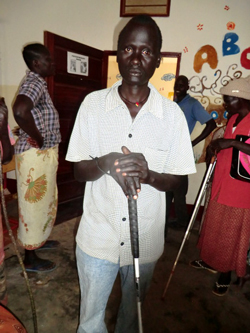 Man having just received his white cane. There were new blind persons that attended the meeting and they requested me to obtain for them the white canes. I have given some to a few because I only have very small canes (for young children) only. If you have the possibility of getting more white canes it would help me addressing their needs.
Man having just received his white cane. There were new blind persons that attended the meeting and they requested me to obtain for them the white canes. I have given some to a few because I only have very small canes (for young children) only. If you have the possibility of getting more white canes it would help me addressing their needs.
Samuel
The letter above was written by the director of the St. Jude’s Consolation Home. Samuel was the one who introduced us to the two schools in Gulu that are inclusive of blind
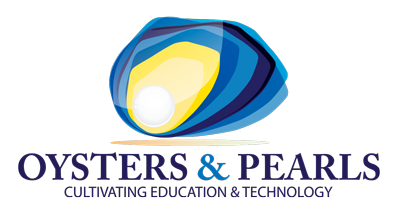
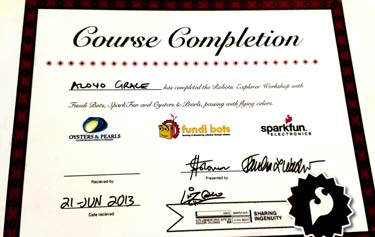 Please enjoy Linz Craig’s blog:
Please enjoy Linz Craig’s blog: 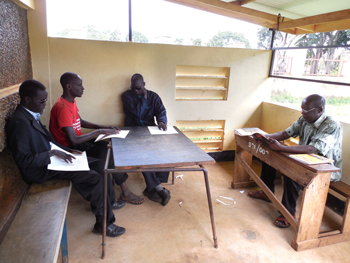 This break is the most important one of the year for academics because the O-Level (Secondary Four) and A-Level (Secondary Six) candidates will take their National Exams just a few shorts weeks after returning in mid-September. We have limited the Holiday Training to those candidates and the two forms below them.
This break is the most important one of the year for academics because the O-Level (Secondary Four) and A-Level (Secondary Six) candidates will take their National Exams just a few shorts weeks after returning in mid-September. We have limited the Holiday Training to those candidates and the two forms below them.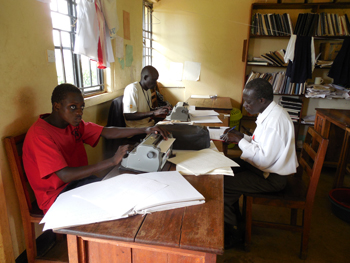 We are particularly proud of our brave A-Level candidates who have chosen to sit for the Sub-Computer Mandatory Test from which they are exempt. These three are path-breakers for all
We are particularly proud of our brave A-Level candidates who have chosen to sit for the Sub-Computer Mandatory Test from which they are exempt. These three are path-breakers for all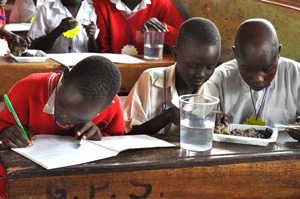
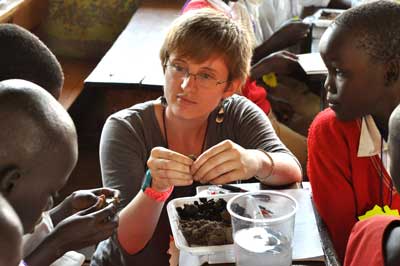
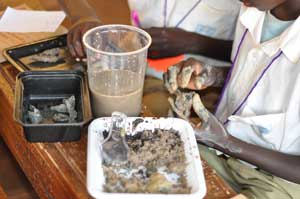 Wall construction began in earnest outdoors with everyone getting down and dirty in the lower field. The walls were transported to the Director of Studies office for overnight drying. Friday, the students will test to failure, and a very large crowd is expected to observe.
Wall construction began in earnest outdoors with everyone getting down and dirty in the lower field. The walls were transported to the Director of Studies office for overnight drying. Friday, the students will test to failure, and a very large crowd is expected to observe.